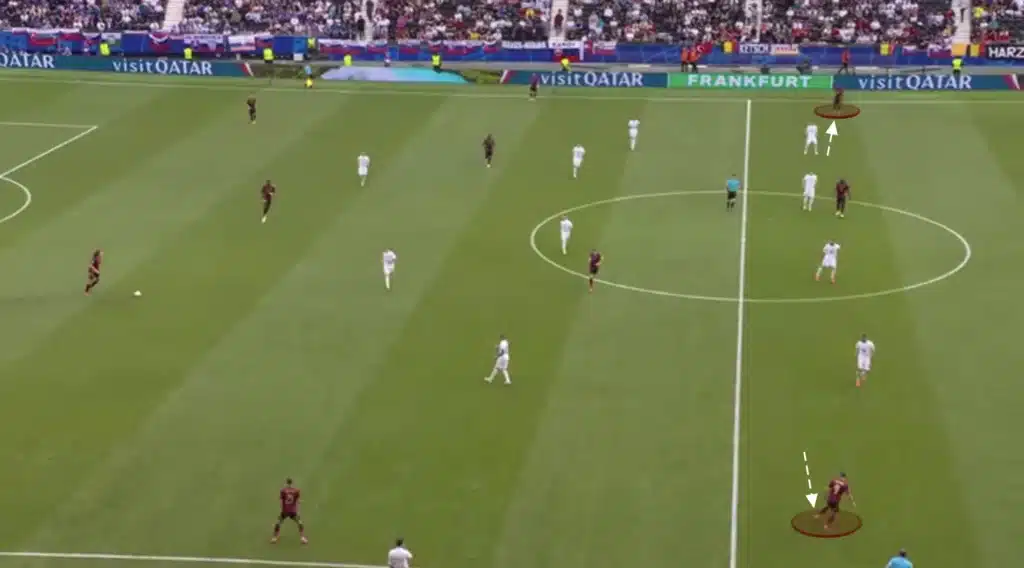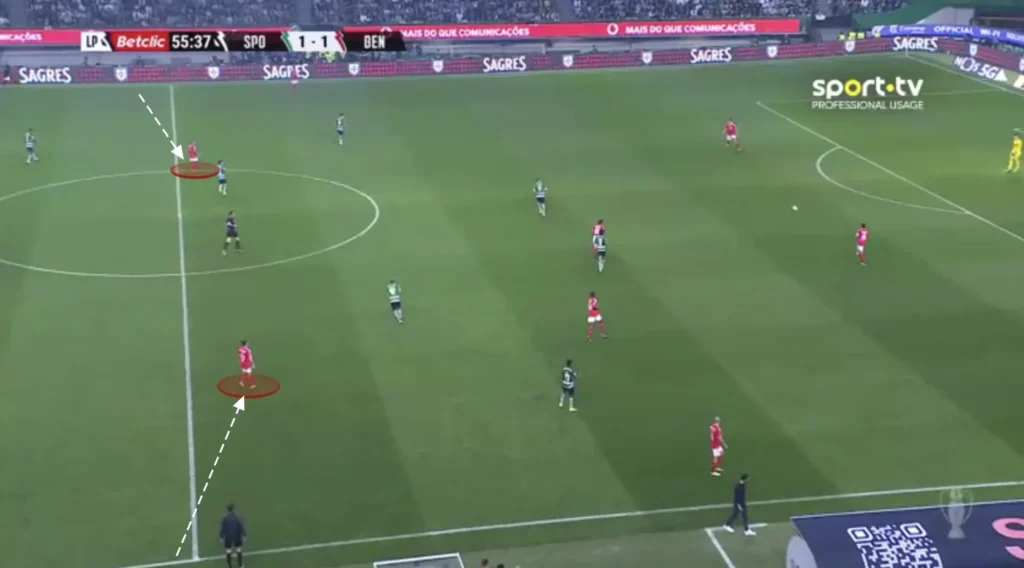Wingers have long been essential to football tactics, but the role and profile of wingers have evolved dramatically over the decades. Today, the debate between inverted wingers and traditional wingers remains a key tactical discussion. Both styles bring unique strengths and challenges, but which type truly adds more value to a team’s attacking arsenal? Let’s break down their characteristics, tactical roles, and impact on modern football.
What Are Traditional Wingers?
Traditional wingers are typically right-footed players on the right flank and left-footed players on the left flank. Their core role is to stay wide, stretch defenses, and deliver crosses into the box for strikers or attacking midfielders. They often hug the touchline and use pace and dribbling skills to beat fullbacks and whip in crosses.

Key Characteristics:
- Positioned close to the sideline to maximize width.
- Focus on delivering accurate crosses and cut-backs.
- Usually excel in one-on-one duels against fullbacks.
- Tend to have a more direct and vertical playing style.
- Emphasis on pace, stamina, and crossing technique.
Tactical Impact:
Traditional wingers help maintain the team’s width, creating space in central areas for strikers or attacking midfielders to exploit. Their crosses are crucial in systems with a strong target man or box attackers, like a 1-4-4-2 or 1-4-3-3 with a classic number 9. They also provide a reliable outlet for counterattacks, especially when transitioning quickly from defense to attack.
What Are Inverted Wingers?
Inverted wingers operate on the opposite flank to their stronger foot: a right-footed player on the left wing and a left-footed player on the right wing. Instead of staying wide to cross, they tend to cut inside toward the central attacking areas, often looking to shoot, play through balls, or combine with attacking midfielders.

Key Characteristics:
- Position closer to the half-spaces and inside channels.
- Focus on dribbling inside to shoot or create chances.
- Often more involved in combination play and link-up.
- Strong technical skills, vision, and shooting ability.
- Provide additional goal threat from wide areas.
Tactical Impact:
Inverted wingers are valuable for teams that want to overload central attacking zones and increase goal-scoring opportunities from the flanks. Their tendency to cut inside opens up space for overlapping fullbacks to exploit wide areas, creating dual threats. This style fits modern high-possession, possession-based teams that emphasize intricate build-up play and fluid attacking movements.
Comparative Analysis: Who Adds More Value?
1. Contribution to Goals and Assists
- Inverted wingers often contribute more goals due to their central positioning and shooting opportunities. Players like Mohamed Salah or Arjen Robben have shown how deadly inverted wingers can be in front of goal.
- Traditional wingers tend to provide more assists via crosses, supporting strikers who thrive on aerial deliveries. Classic examples include David Beckham and Ryan Giggs.
2. Tactical Flexibility
- Inverted wingers allow managers to build more flexible attacking systems, enabling overlapping fullbacks and midfield rotations. This can increase unpredictability.
- Traditional wingers offer a more direct approach, useful for teams that rely on quick transitions and direct attacking play.
3. Defensive Responsibilities
- Inverted wingers often have higher defensive workloads, as cutting inside means less natural width, requiring fullbacks to cover wide areas.
- Traditional wingers maintain width both offensively and defensively, often tracking back to support their fullbacks.
4. Space Creation
- Traditional wingers stretch defenses horizontally, making it easier for central players to find space.
- Inverted wingers compress defenses centrally but open space behind them for fullbacks, creating different spatial dynamics.
Which One Should Teams Prefer?
The answer depends on a team’s overall tactical philosophy, personnel, and opponent. Teams focused on possession and intricate attacking patterns (e.g., Manchester City, Liverpool) thrive with inverted wingers who can score and assist inside the box. Meanwhile, teams emphasizing width and crossing (e.g., Atletico Madrid, traditional English sides) benefit from traditional wingers who stretch defenses and deliver quality balls into the box.
Conclusion
Both inverted and traditional wingers add significant value but in different ways. Inverted wingers excel in goal contribution and tactical fluidity, while traditional wingers provide width, crossing quality, and direct attacking options. Modern football often blends these styles—employing inverted wingers on one side and traditional wingers on the other—to maximize attacking diversity and unpredictability.
Ultimately, the best choice depends on the team’s system, the players available, and the tactical challenges they face. For coaches and analysts, understanding these roles deeply is key to unlocking offensive potential in today’s game.
